Stumbling upon a pool of water under your hot water heater can be unnerving, signalling potential issues that demand prompt attention.
And if left unattended, these leaks can lead to substantial damage and costly repairs.
This comprehensive guide elucidates the primary reasons behind such leaks and outlines crucial steps to handle the situation safely, minimising further damage. It also proffers insightful tips on maintaining your water heater to help pre-empt future mishaps.
The objective is to equip homeowners with the knowledge to decide whether to repair or replace their hot water heater should a leak occur.
Step 1: Safety Precautions
First and foremost, underlining the importance of safety is paramount.
If mismanaged, a leaking hot water heater could present grave dangers, from electrical shocks to scalding injuries.
There are several precautionary measures one must adhere to under such circumstances. It is imperative to avoid touching any standing water, as it might carry an electric charge due to a possible short circuit.
It’s equally important to keep vulnerable individuals, such as children and pets, well away from the affected area. It’s advisable to wear protective attire, which should include gloves and rubber-soled footwear to provide insulation against potential electric shocks.
Lastly, refrain from attempting to repair the heater while it’s still hot; giving it time to cool down can prevent unnecessary harm.
Step 2: Shutting Off the Power and Water Supply
Moving on to the second crucial step, it’s essential to deter any further leakage and potential damage by shutting off both the power supply and the water supply to the heater.
For electric hot water heaters, you need to ensure it’s switched off at the main electrical panel. In contrast, if your heater operates on gas, you’ll need to adjust the dial atop the thermostat, switching it from the ‘on’ position to ‘off’.
Alongside the power, curtailing the water supply is also vital. This can be achieved by rotating the water valve in a clockwise direction until it ceases to move, effectively sealing off the water supply.
Step 3: Assessing the Leak
The next crucial step in addressing a hot water heater leak is to identify the source and assess the severity of the leak.
A comprehensive check would include inspecting the pressure relief valve, often a prime suspect in such instances. Other areas to pay attention to are the drain valve, the tank itself, and the pipes that connect to the heater, as these could all be potential sources of the leak.
Leaks can manifest in various forms and scales. Some might appear as mere trickles, often resulting from minor issues like a loose valve, while others could be substantial flows hinting at more serious, potentially internal problems.
A crucial aspect to remember is that even the most minor leak can quickly amplify, wreaking havoc on your home and escalating the repair costs.
Hence, no matter how inconsequential a water heater leak might seem, it’s of utmost importance to treat every leak seriously and address it promptly.
Step 4: Temporary Fixes
Even though it’s always advisable to reach out to a professional plumber when grappling with plumbing problems, some temporary measures can help limit water damage in the interim.
For example, if you can ascertain that the leak stems from the drain valve, one potential quick fix could be to tighten it. Do this gently, as over-tightening can cause additional issues. This action alone could serve to reduce or completely halt the leak.
On the other hand, if the water continues to seep out, another simple yet effective measure is to place a bucket or tray to catch the water. This way, you can prevent the water from spreading, reducing potential damage to your surroundings.
For smaller leaks, a couple of accessible tools come in handy:
- Plumber’s tape: This specialised tape can provide a temporary seal over the site of the leak.
- Epoxy: When applied to the leak, it hardens to form a short-term barrier against water escape.
While these tips can temporarily alleviate the situation, remember that they should not replace professional repairs. These are stopgap solutions meant to keep the problem in check until a qualified plumber can intervene.
Missteps in managing leaks can lead to more serious complications and costs, underscoring the importance of professional intervention in those moments.
Step 5: Calling a Professional Plumber
Addressing a hot water heater leak isn’t typically a task for the average homeowner to undertake independently.
Such endeavours call for a wealth of experience, extensive expertise, and professional-grade tools – attributes best found with licensed plumbing contractors.
Therefore, it’s always wise to seek the assistance of such professionals to guarantee that the job is executed correctly and safely.
When reaching out to a plumber, it’s beneficial to equip them with as much detail as possible regarding the leak. This could encompass the precise location of the leak, an assessment of its severity, and an account of any steps you’ve already taken to mitigate the situation.
Moreover, the selection of the plumber is equally crucial. Engaging with a plumber with a good reputation is always recommended. Ideally, one should opt for a professional who specialises in water heater repairs.
Step 6: Water Cleanup and Damage Control
It’s essential to initiate a thorough cleanup process upon addressing the immediate problem of a leaking hot water heater. Swift action can prevent further damage to your property and ensure its integrity.
Begin by tackling the standing water resulting from the leak using items like towels, buckets, or a wet/dry vacuum. These tools can help clear the area swiftly, effectively dealing with varying volumes of water.
Following the removal of water, turn your attention towards thoroughly drying the area.
Any residual dampness could attract pests or even mould growth, both of which can cause health concerns and additional damage. To expedite drying, consider employing fans or dehumidifiers, ensuring optimal airflow and moisture removal.
Lastly, a detailed inspection of the adjacent areas, such as walls and flooring, is also important. These areas, possibly exposed to water, might bear signs of water damage like water stains, discolouration, warping, or even mould.
Step 7: Repairing or Replacing the Hot Water Heater
Deciding whether to repair or replace your hot water heater is usually a multifaceted judgement. It encompasses factors such as the heater’s age, leak severity, and anticipated repair costs.
For example, replacing your heater might be more cost-effective if it is over ten years old and shows significant problems. The expenses linked to repairing an older heater often surpass the initial cost of a new, efficient model.
On the other hand, if the leak is minor and your heater is relatively new, a repair could be the more prudent option. A well-executed repair can extend the heater’s lifespan, averting the need for a costly replacement.
However, it’s important to remember that every situation is unique. A professional plumber, knowledgeable in your specific circumstances and the heater’s technicalities, can provide an informed recommendation.
Conclusion
A hot water heater leak may appear daunting, but quick and informed action can help mitigate its effects. Prioritising safety, promptly shutting off power and water, assessing the leak, and implementing temporary fixes can all play a vital part in damage control.
However, the ultimate solution lies in seeking a professional’s aid, as fixing a water heater, in most cases, requires specific expertise and tools. An expert plumber will aid not only in addressing the immediate issue but also in making long-term decisions like repair or replacement.
By understanding these steps, homeowners can better navigate this common household issue and maintain their peace of mind.

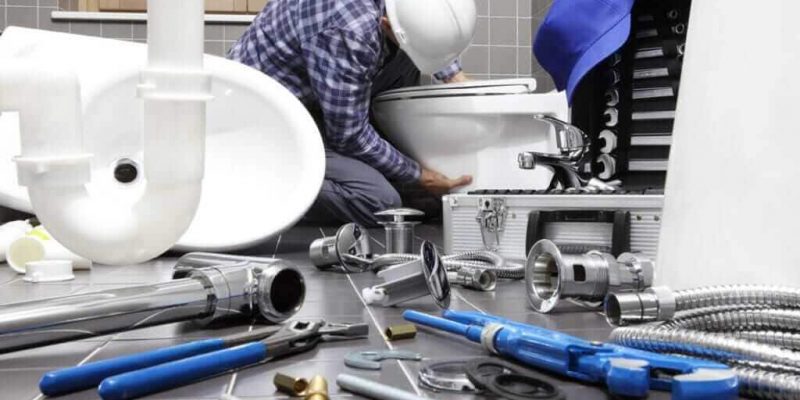

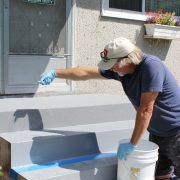

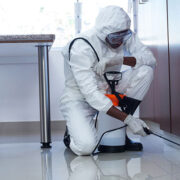

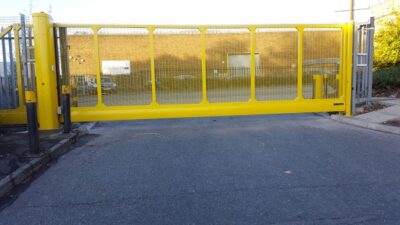



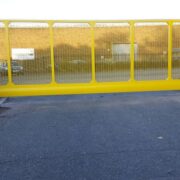


Comments